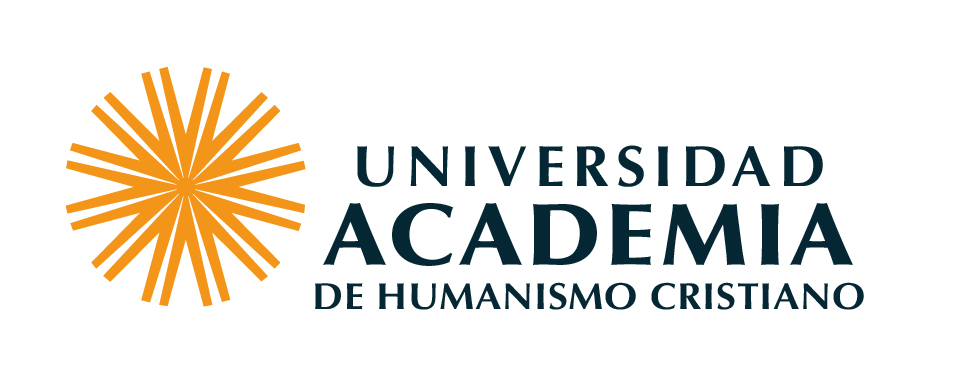Rethinking ancient Maya social organization : (Record no. 24552)
[ view plain ]
| 000 -CABECERA | |
|---|---|
| campo de control de longitud fija | 02975cab a2200229 a 4500 |
| 001 - NÚMERO DE CONTROL | |
| campo de control | 024552 |
| 003 - IDENTIFICADOR DEL NÚMERO DE CONTROL | |
| campo de control | UAHC_CL |
| 005 - FECHA Y HORA DE LA ÚLTIMA TRANSACCIÓN | |
| campo de control | 20170810105726.0 |
| 008 - DATOS DE LONGITUD FIJA--INFORMACIÓN GENERAL | |
| campo de control de longitud fija | 010808b xx j 000 1 eng |
| 040 ## - FUENTE DE LA CATALOGACIÓN | |
| Centro catalogador/agencia de origen | UAHC_CL |
| Centro/agencia transcriptor | UAHC_CL |
| Centro/agencia modificador | UAHC_CL |
| 100 1# - ENTRADA PRINCIPAL--NOMBRE DE PERSONA | |
| Nombre de persona | Gillespie, Susan D. |
| 245 10 - MENCIÓN DE TÍTULO | |
| Título | Rethinking ancient Maya social organization : |
| Resto del título | replacing "lineage" with "house". |
| 260 ## - PUBLICACIÓN, DISTRIBUCIÓN, ETC. | |
| Lugar de publicación, distribución, etc. | Arlington |
| Nombre del editor, distribuidor, etc. | American Antropological Association |
| Fecha de publicación, distribución, etc. | 2000 |
| 500 ## - NOTA GENERAL | |
| Nota general | En: American Anthropologist. -- Vol. 102 No. 3 (Septiembre 2000), pp. 467-484. ISSN 00027294 |
| 520 ## - SUMARIO, ETC. | |
| Sumario, etc. | Long-standing disagreements concerning prehispanic Maya kinship and social organization have focused on the nature of their corporate groups, generally presumed to have been lineages. Specific debates center on whether the lineages were patrilineal or incorporated some kind of double-descent reckoning, how descent was combined with locality to define a group, and the status of lineage-outsiders within a group. It is argued here that Maya social organization is better approached within the contemporary critique of kinship, replacing "lineage" with Lévi-Strauss's model of the "house"—a corporate group maintaining an estate perpetuated by the recruitment of members whose relationships are expressed "in the language" of kinship and affinity and affirmed by purposeful actions. In this perspective, the operation of corporate groups is the primary concern, and relationships construed in terms of consanguinity and affinity are seen as strategies pursued to enhance and perpetuate the group, [ancestor veneration, house society, kinship, Maya, social organization] |
| 650 #4 - PUNTO DE ACCESO ADICIONAL DE MATERIA--TÉRMINO DE MATERIA | |
| Término de materia o nombre geográfico como elemento de entrada | CULTURA MAYA |
| Subdivisión general | ORGANIZACION DE LA COMUNIDAD |
| 773 0# - ENLACE AL DOCUMENTO FUENTE/ENTRADA DE REGISTRO ANFITRIÓN | |
| Título | American anthropologist |
| Número de control del registro | 024522 |
| 900 ## - ELEMENTOS DE DATOS A LOCAL, LDA (RLIN) | |
| Nombre de persona | AM. ANTHROPOL.-03/00 |
| 942 ## - ELEMENTOS DE PUNTO DE ACCESO ADICIONAL (KOHA) | |
| Tipo de ítem Koha | Analítica de revista |
| Fuente del sistema de clasificación o colocación | Dewey Decimal Classification |
| Estado de retiro | Estado de pérdida | Estado dañado | No para préstamo | Código de colección | Localización permanente | Ubicación/localización actual | Ubicación en estantería | Fecha de adquisición | Total de préstamos | Signatura topográfica completa | Código de barras | Fecha visto por última vez | Número de copia | Precio válido a partir de | Tipo de ítem Koha |
|---|---|---|---|---|---|---|---|---|---|---|---|---|---|---|---|
| Biblioteca Central | Biblioteca Central | Colección General | 2017-08-03 | AM. ANTHROPOL.-03/00 | FICTICIO169 | 2019-01-08 | 1 | 2017-08-03 | Analítica de revista |
